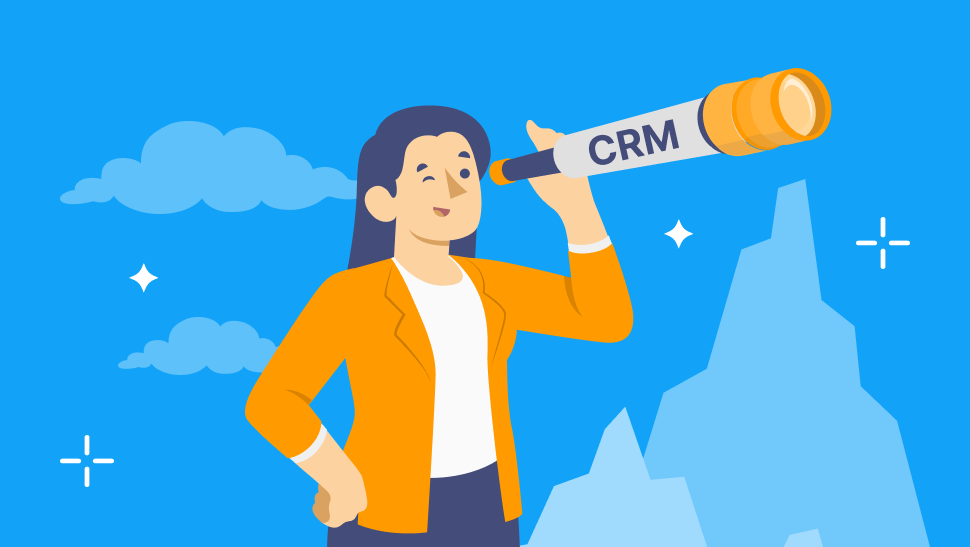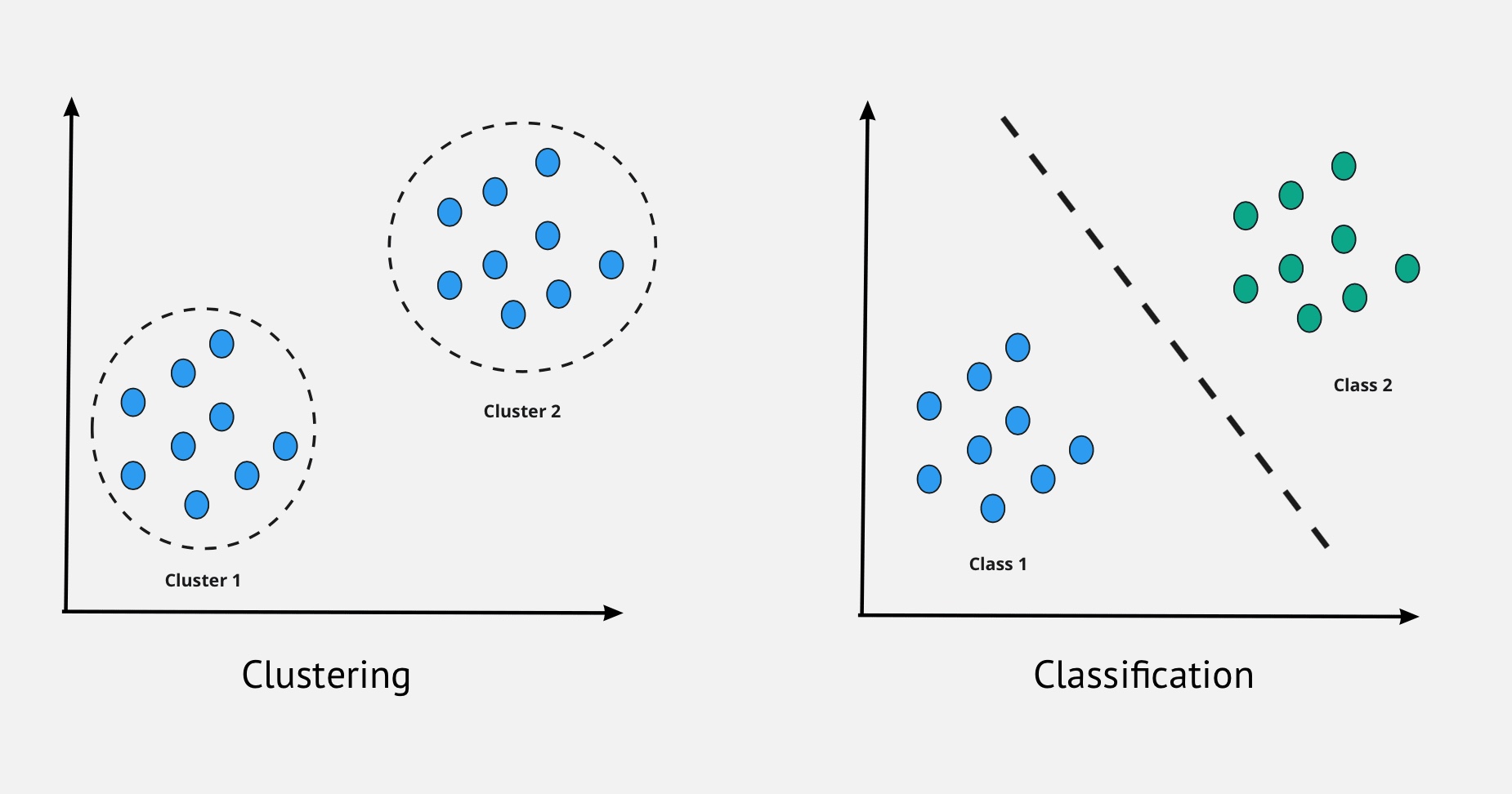Selling is not only the exchange of goods and services for money. It is also about gathering data about your leads, customers, their behavior, and other stuff. And the better you understand your data, the more hidden sales opportunities you can uncover. This is where CRM data mining takes the stage. In this article, we'll explore what CRM data mining is and describe some techniques that can revolutionize your small business. Read on!
Table of Contents
- What Is CRM Data Mining
- Association
- Classification
- Clustering
- Is Classification and Clustering the Same Thing
- Sequential Analysis
- Anomaly Detection
- Regression
- Conclusion

What Is CRM Data Mining
CRM data mining is the process of analyzing the data stored in your customer relationship management (CRM) system to discover patterns and get insights that can help you improve your marketing, sales, and service strategies. It can help you understand your customers better, segment them into groups, predict their future behavior and preferences, and eventually personalize your interactions with them.
In CRM data mining, there are several techniques that let you discover such patterns.
Association
This one is simple, it's about finding relationships, or correlations, between two objects in a dataset. For example, you can see that customers who buy product A also tend to grab product B. With this information, you can boost your marketing campaigns by bundling A and B or suggesting B to customers who already bought A.
Moreover, you can make assumptions based on association. Like, if a customer buys bread and butter, then they are likely to buy jam as well. Thus association is a powerful tool for cross-selling and upselling, isn't it?
Classification
Nothing complicated here. If you see several customers in a dataset possessing some common attributes, then you can assign them a pre-defined class. These attributes can be demographic information, such as age or location, behavioral attributes like purchasing habits, or even psychographic variables such as interests or values.
Once your customers are classified into distinct groups, you can tailor your marketing and
sales strategies to meet the specific needs of each group.
Classification can also be used to predict customer behavior, and thus proactively address potential issues or identify opportunities for upselling or cross-selling. For example, by analyzing the customer's profile, purchase history, preferences, and behavior, you can assign each customer a score or a label that indicates their readiness for buying a premium membership, a warranty extension, an accessory, or a bundle.
Clustering
When you group your customers in such a way that customers in the same group (called a cluster) are more similar to each other than to those in other groups — that's clustering. Thus you can identify segments of customers with similar behavior, preferences, or characteristics, even when these groups were not previously known or named.
For example, you might identify a cluster of customers who frequently make small purchases or a group who tends to shop seasonally. This insight can be invaluable in developing targeted marketing campaigns or personalized customer experiences.
Is Classification and Clustering the Same Thing

In CRM data mining, both classification and clustering techniques serve to categorize customers, and that's why it's rather hard to understand the difference between them.
Classification is a supervised learning technique. It requires pre-defined classes to categorize customers. Thus it is used when there is a clear understanding of different customer segments. It allows you to predict outcomes, tailor marketing strategies, and enhance sales by understanding the unique behaviors and attributes of each class.
On the other hand, clustering is an unsupervised learning technique and is used when the classes are unknown or undefined. It groups customers based on their similarity in terms of behavior, preferences, or characteristics. The feature of clustering that distinguishes it from classification is its ability to uncover hidden patterns or groups in customer data that were not previously identified. This can lead to the discovery of new customer segments and thus, fresh marketing opportunities.
Sequential Analysis
This technique tracks and analyzes the order of events or actions carried out by customers over time. It is particularly useful for understanding patterns in customer behavior and identifying important events that trigger certain actions.
For example, a sequential analysis might reveal that a customer's purchase of a particular product is often followed by the purchase of a related product. Like, a person bought a budget smartphone and later bought a rugged case. In a month they bought another budget smartphone with yet another rugged case, plus a power bank... Does that mean that they are fond of hiking and are ready to buy a rugged indestructible phone with a large battery instead of their usual set of gadgets?
So sequential analysis can help you predict future customer actions and tailor your marketing efforts accordingly, potentially driving increased sales and customer retention.
Anomaly Detection
Anomalies are deviations from the usual things you see in a dataset. They can indicate various problems or opportunities, such as errors during data entry, data corruption, fraudulent activities, customer dissatisfaction, customer churn, customer loyalty, customer segmentation, customer behavior, etc. The anomaly detection technique is used to identify such deviations.
For instance, let's imagine you have a small retail business. Being an experienced seller, you can predict the quantity of each product you usually sell during specific periods. If the sales of a typically popular product suddenly plunge, this is an anomaly. But why did it happen? Investigate! And adapt strategy to keep your sales going.
Also, these anomalies can be helpful in spotting significant customer trends early, allowing you to swiftly adapt your strategies and ensure optimal customer satisfaction.
Regression
Sounds complicated, but this technique lets you estimate how a dependent variable changes as the independent variables change. Regression can predict the future (in terms of customer behavior or purchasing patterns) by using historical data.
For example, you can predict the likelihood of a customer making a purchase (a dependent variable) based on their past buying history, demographic information, and browsing behavior on your website (the independent variables). This technique facilitates targeted marketing efforts, personalized offers, and improved customer service, thereby enhancing customer retention and boosting a business's bottom line.
Conclusion
Phew, that was a tough one! But you could still read to the end, comprehend, and now you know that CRM can not only help organize your data but also discover patterns and get insights to improve your business. With classification, clustering, sequential analysis, anomaly detection, and regression techniques you can achieve much more, than just with a simple raw dataset even if it's nicely presented on a CRM dashboard. So go for it!
CRM is a great tool that lets you track your customer's journey, helps support relationships and build new ones, brings together different teams, and automate workflow. And all these things eventually lead to increased sales.
Our TruVISIBILITY CRM application is just an example of such a CRM for small businesses. Alongside Chat, Messaging, and Sites it's an integral part of TruVISIBILITY All-in-One Marketing Suite and thus plays a role of a center that collects all the data from other apps.
Register a freemium TruVISIBILITY account and get unlimited access to fully functional marketing software free of cost!
As your business grows, you only pay for what you use without any contract. A freemium TruVISIBILITY account allows you to:
- Create a chatbot that can conduct up to 100 conversations per month
- Launch email blasts, start drip campaign, etc with 1000 free emails sent monthly
- Send 1000 SMS texts per month
- Build 1 website including a blog
- 1 GB of storage usage
- 1 SSL certificate
- Unlimited API usage
The pricing is based on usage over the free monthly allotment. Thus it is extremely affordable for small to medium businesses. You can adjust the number of conversations your chatbots can have, the number of emails and SMS that can be sent per month, the number of websites you can deploy, and the capacity of your cloud storage. Simple and flexible!
Want to receive more articles?
Sign-up for our weekly newsletter to receive info that will help your business grow



